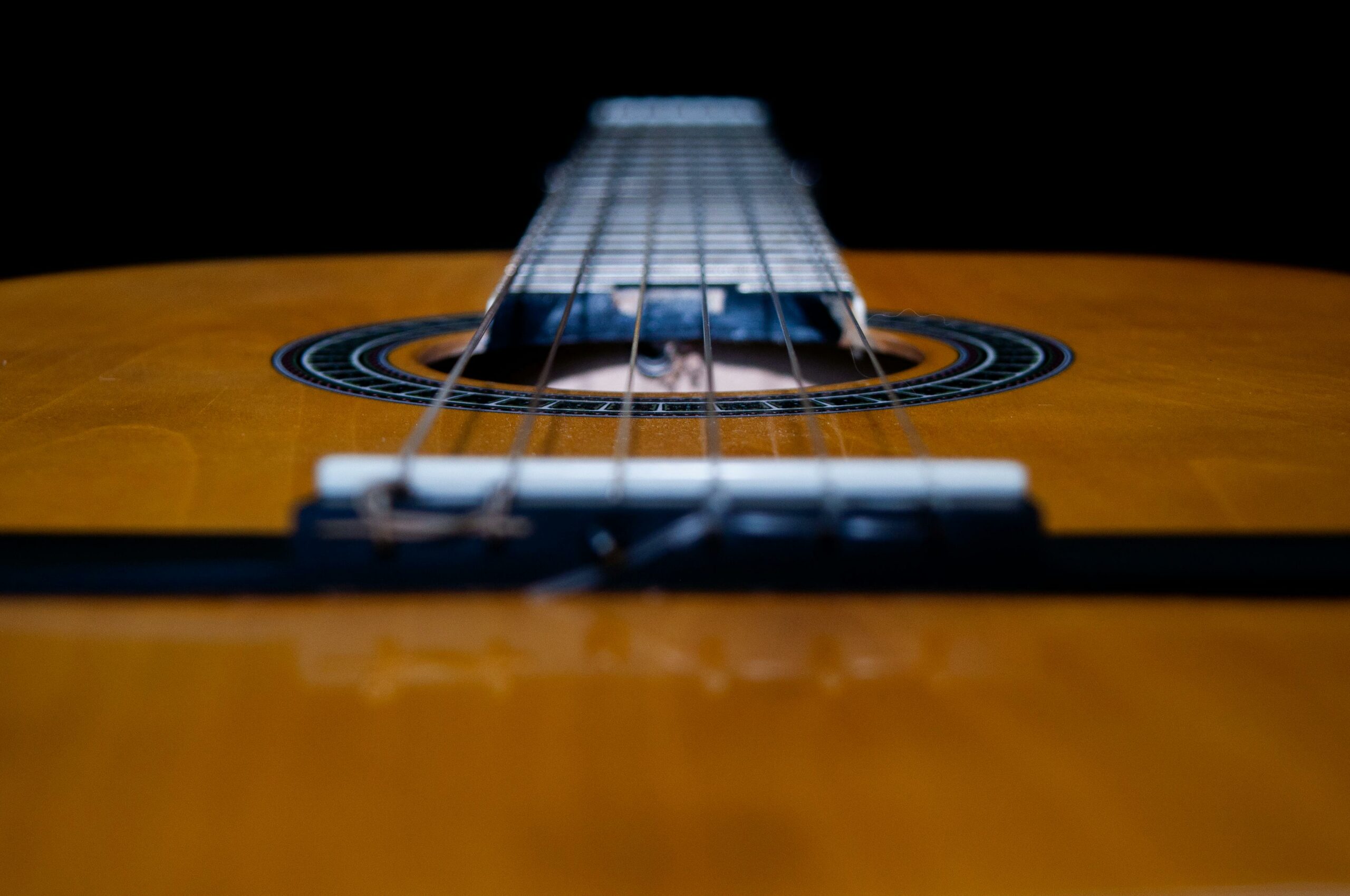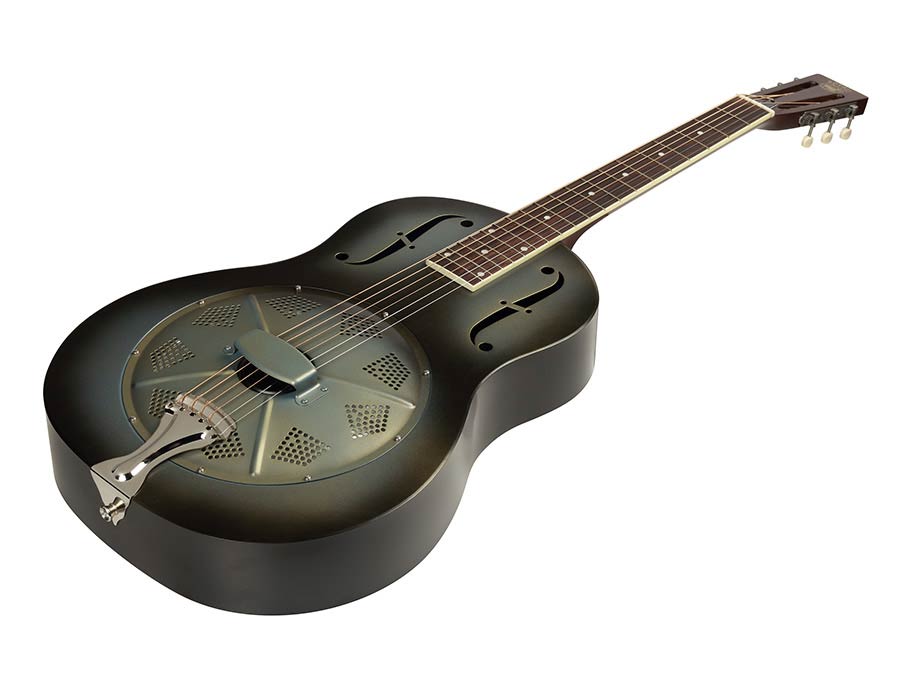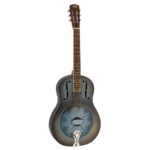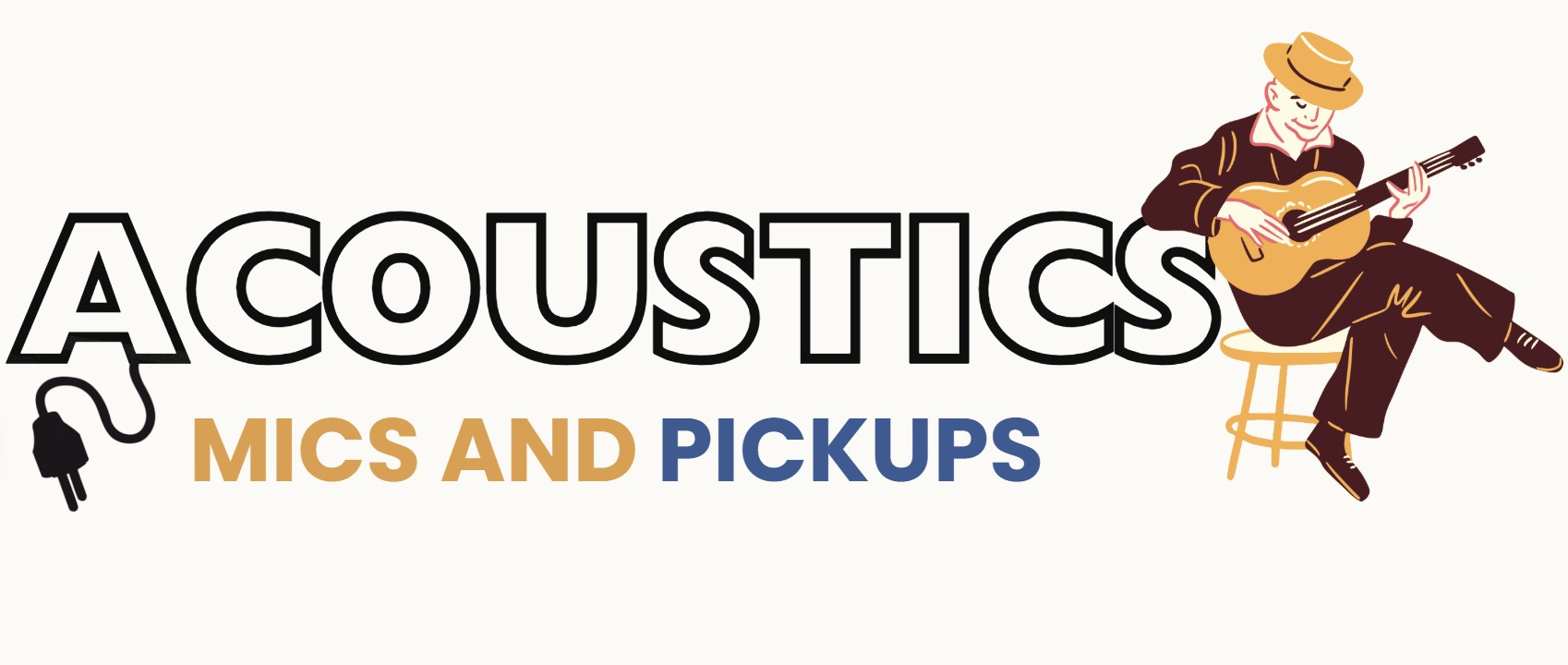Resonator guitar: what you need to know


Resonator Guitar ROYALL PONY BOY
Do you remember the guitar on Dire Straits' famous"Money for Nothing"? It was a resonator guitar! Many blues players used this type ofinstrument to bring powerful harmonies and a variety of playing techniques to their music. The resonance provided by the wood or metal body gives it a unique acoustic amplification. Immerse yourself in the fascinating world of this instrument!
What is a resonator guitar?
This is one of the acoustic guitars. Traditionally, these guitars have a wooden body to amplify the sounds and chords produced by the strings. Resonator guitars, on the other hand, have metal cones to intensify the music played. The result is a more powerful sound.
The origins of the resonator guitar
A bit of history! It all began with the Dopyera brothers from Slovakia, who in the 1920s began thinking about how to enhance the sound of a guitar. Their goal? To have an instrument capable of rivaling the loudness of brass instruments, or of drowning out the deafening noise of the audience. With associates, they first created the National under which they initially sold banjos.
The first step was taken in 1926 with the creation of an amplified guitar without electricity. With a metal body and neck, and three superimposed metal cones, the brothers invented the first resonator guitar! It was an instant hit with blues, country, bluegrass and even Hawaiian players.
Following a disagreement with their partners, the family founded Dobro (for DOpyera BROthers) in 1928, which bought the National brand a few years later.
The 3 types of resonators
A guitar's resonance is usually provided by the wood, which amplifies the sound. Resonator guitars use metal cones to create a timbre that offers a unique musical experience. There are 3 types.
The tricone
The tricone offers musicians incomparable resonance. The 3 cones create deep, rich harmony.
The Resonator Royall TriCone DLT12/DSB is a model of its kind, with its vintage mechanics and mahogany body.
Demonstration here.
The simple cone
 The single-cone resonator guitar, also known as the "cookie", offers a more percussive sound that will appeal to blues players using a bottleneck. Do you remember the cover of Dire Straits' "Money for nothing" album? The featured instrument was a Royall Pony Boy PB12/ANI resonatorideal for guitarists looking for an exceptional instrument.
The single-cone resonator guitar, also known as the "cookie", offers a more percussive sound that will appeal to blues players using a bottleneck. Do you remember the cover of Dire Straits' "Money for nothing" album? The featured instrument was a Royall Pony Boy PB12/ANI resonatorideal for guitarists looking for an exceptional instrument.
Demonstration here.
The simple inverted cone
Called a "spider", it is perfectly suited to softer music such as ballads or fingerpicking. The ROYALL Resonator single cone spider is the ideal instrument for this kind of practice. The 14-fret neck facilitates access to the upper positions. Its mahogany neck makes it as easy to play with the fingers as with a slide. The distinctive sound is often appreciated by bluegrass and country players.
Demonstration here.
Playing techniques for this instrument
Slide guitar
This slide (slide) technique is well known to blues players. They slide a bottleneck on the neck to produce a particular intonation. It can of course be applied to folk or electric guitars, but resonator guitars are the most popular.
Finger-picking
Also well suited to blues and country music, finger-picking is often played with resonator guitars. The strings are strummed with the fingers. This technique, which comes almost naturally, is commonly known as arpeggio.
Alternative tunings on a resonator guitar
You can tune your guitar in the traditional way (E-A-D-G-B-E). But if you use the techniques described above, beware of tunings that may differ. The most common are Open G (D-G-D-G-B-D) and Open D.
Types of music
Blues
No need to introduce it! With its many well-known musical riffs, the blues is an ideal model for a resonator! Amplified sounds, finger-picking finger-picking or slide guitar (see above), all the blues lend themselves wonderfully well to playing on this type of guitar.
Bluegrass
Alongside the blues, bluegrass has a fast rhythm. This style of music was championed by Hank Williams (who died prematurely at the age of 29) and Bill Monroe. The instrument also covers vocal harmonies in 3 or 4 voices.
Hawaiian music
Resonator guitars played an important role in Hawaiian music. By resting their instruments on their knees, musicians were able to exploit the resonator guitar's capabilities.
Some characteristics of resonator guitars
Just like our article which asked how to choose your first folk guitarthere are many details to consider when choosing a resonator guitar. It all depends on the style you want to play or the techniques you want to try. And don't forget to select an instrument that you like and that fits within your budget. There are many criteria to choose from.
Wooden or metal body
Wood will appeal to those seeking a warmer sound. It will appeal more to country music fans. The Resonator Royall Tri Cone 12 frets KOA with under-saddle pickup is perfect for this.
Metal can be heavier and more complicated to adjust, but will appeal to blues aficionados.
Square or round handle
Square necks are generally wider and are predestined to be laid flat on the lap, like a lap steel guitar. The strings are positioned away from the neck and frets to allow a bottleneck over them. To see a demonstration, check out the video at the bottom of the page dedicated to the Resonator ROYALL Tampa Square page.
As for the round handles, they are suitable for classic play.
Alongside the Dobro and Nationalthe Royall are a brand you can bet on without any problem. You'll find many ROYALL Resonator models in my store.
Contact me for more information on this subject.










































